Land is more than just something people own. For Indigenous communities around the world, land holds deep cultural, historical, and spiritual value. It connects them to their ancestors and traditions. But for a long time, many Indigenous groups have struggled to protect their land. In many cases, their ownership has been ignored, questioned, or not clearly recorded by governments or private companies.
Today, blockchain technology is offering new ways to deal with these long-standing issues. Some Indigenous communities are starting to explore how blockchain can help with land ownership. Using tools like land tokenization, they are finding ways to record and protect land rights in a clear, secure, and reliable way. This digital method is hard to change or fake, and it allows land records to be shared in a transparent way.
What Is Land Tokenization?
Land tokenization means turning land or land rights into digital tokens using blockchain. Each token stands for a specific piece of land or a share of that land. These tokens work like digital assets — they can be tracked, transferred, or even split into smaller parts, much like cryptocurrencies or NFTs.
In simple terms, land tokenization helps turn paper-based land records into digital ones that are safer, easier to share, and harder to lose or change. This makes it easier for Indigenous communities to prove they own their land and to protect it for future generations.
Here’s how land tokenization works:
Process | Description |
Asset Identification | The land is surveyed and legally documented. |
Token Creation | Digital tokens are created to represent the land or ownership rights. |
Legal agreements are coded into the blockchain for transparency and trust. | |
Decentralized Ledger | Every transaction is recorded on a public ledger, reducing the risk of fraud. |
This process makes it easier to prove ownership, avoid disputes, and ensure records cannot be changed without consent.
Why Blockchain Matters for Indigenous Land Rights
Traditional systems of land documentation have many flaws. Paper records are often lost, damaged, or manipulated. Government databases may be inaccessible or biased against Indigenous claims. Blockchain introduces a different approach.
Here’s why blockchain for land rights is gaining attention:
- Permanent Records
Once information is on a blockchain, it can’t be changed or erased. This creates a secure history of ownership. - Decentralization
No single authority controls the blockchain. This gives Indigenous communities more control over their own land records. - Transparency
Anyone with access to the network can verify records, which helps prevent illegal transfers or fake claims. - Smart Contracts
Land usage agreements can be automatically enforced through coded rules, ensuring fairness and clarity.
Real-World Indigenous Blockchain Projects
Several Indigenous groups have already started experimenting with blockchain solutions. These Indigenous blockchain projects are early examples of how traditional knowledge can combine with modern tech.
Example 1: The First Nations in Canada
Some First Nations in Canada are exploring blockchain to map out their lands and protect traditional territories. By storing these maps on blockchain, they are creating a permanent record that can be used in legal discussions and public awareness.
Example 2: Brazil’s Indigenous Tribes
In the Amazon, Indigenous groups are working with blockchain developers to track deforestation and illegal land grabs. Using satellite data and blockchain records, they can report violations and strengthen their claims.
Example 3: Native American Tribes in the U.S.
A few Native American communities are studying land tokenization to create new economic models. They aim to tokenize community lands and allow collective investment, while keeping ownership under tribal governance.
Benefits and Challenges
Like any technology, blockchain is not a magic solution. It brings real benefits but also has challenges. Here’s a breakdown:
Benefits | Challenges |
Secure and unchangeable records | Requires internet access and digital literacy |
Transparent and tamper-proof data | Regulatory uncertainty in many countries |
Smart contract automation | Cultural mismatch with traditional land values |
Strong legal evidence in disputes | Tokenizing land may be seen as “commodifying” tradition |
To succeed, blockchain efforts must be led by Indigenous communities themselves. Outside developers and governments should offer support, not control.
A Path Forward
For Indigenous groups, blockchain for land rights is not just about tech. It’s about reclaiming control, documenting identity, and protecting heritage. But it must be done in ways that respect tradition, sovereignty, and self-determination.
Here are some steps that can help:
- Community-Led Design
Any blockchain tool should be co-developed with local leaders and adapted to their needs. - Education and Training
Blockchain literacy is important. Workshops and learning hubs can help build digital skills. - Partnerships with Purpose
Collaborations with universities, NGOs, and ethical tech firms can support growth without taking over control.
As the world turns to digital solutions, Indigenous blockchain projects offer a powerful reminder that new tech can serve old wisdom. Tokenization of land and blockchain can bring in a new generation of land justice — an inclusive, verifiable, secure one.
With the right strategy, this technology can be used to help protect holy grounds and give Indigenous peoples more of a voice regarding their own future.
Remember, investing in cryptocurrencies involves risks, and it’s important to conduct thorough research and seek professional advice before making any financial decisions. (Please keep in mind that this post is solely for informative purposes and should not be construed as financial or investment advice.)






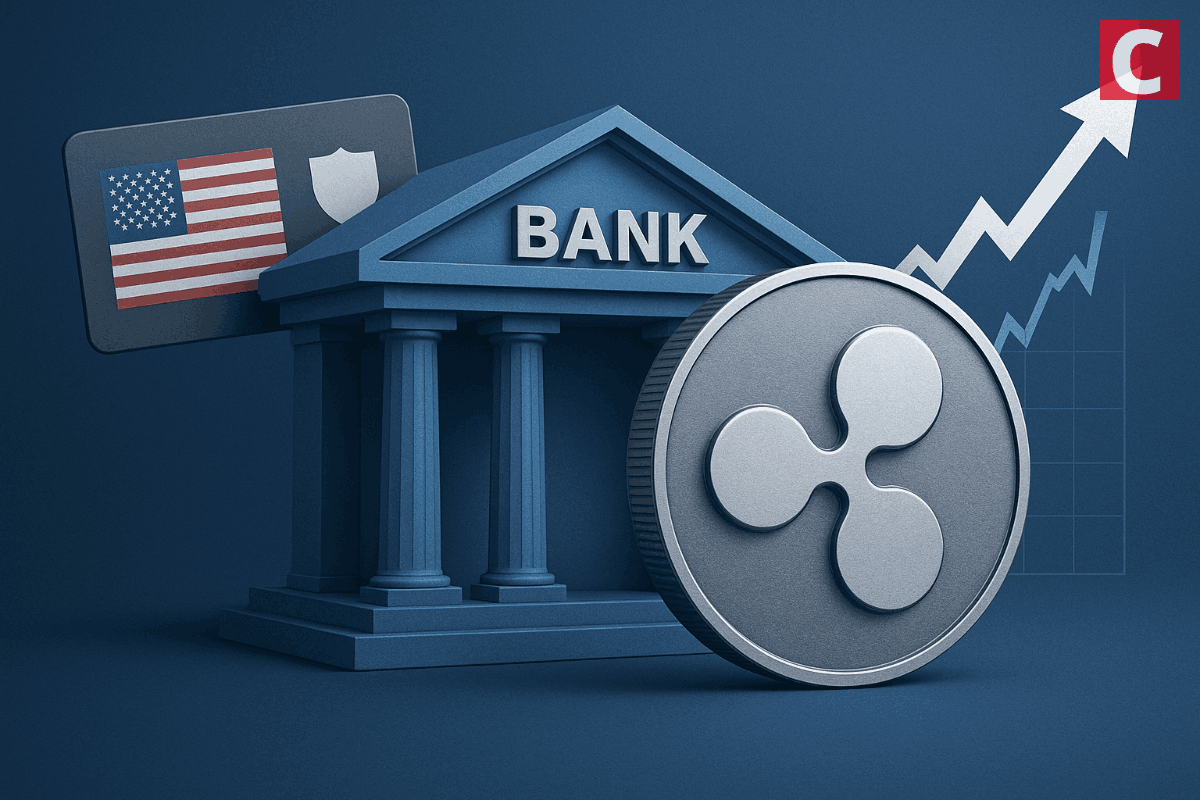

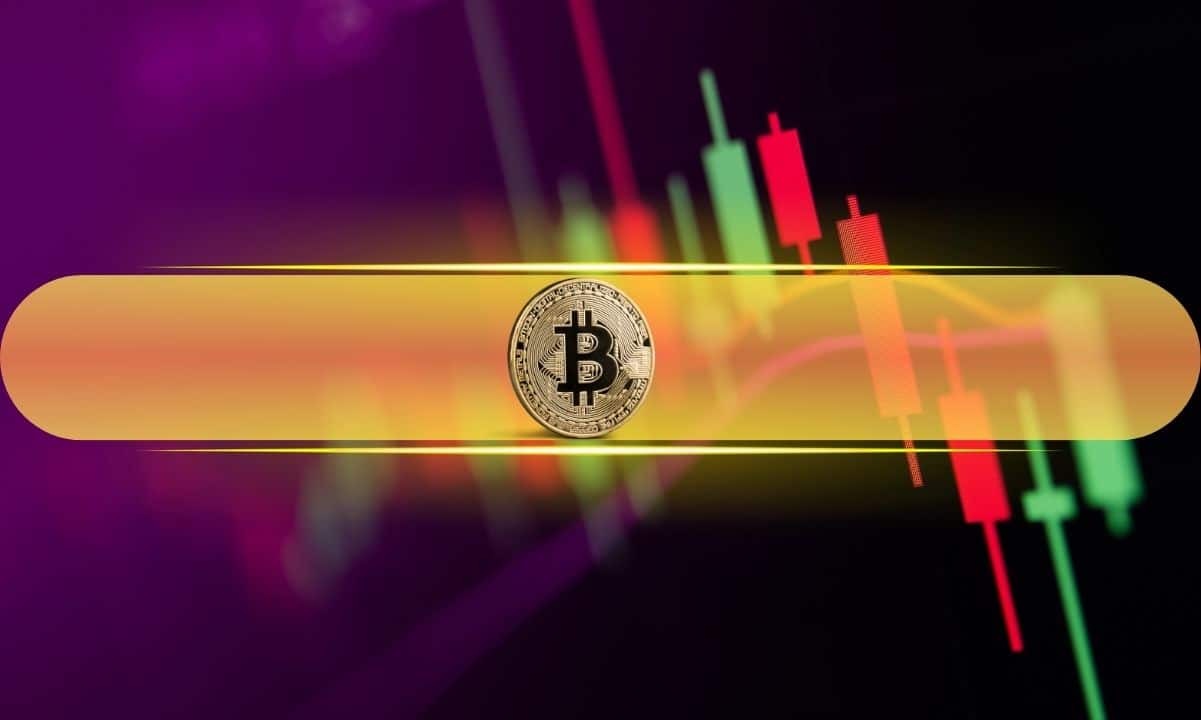



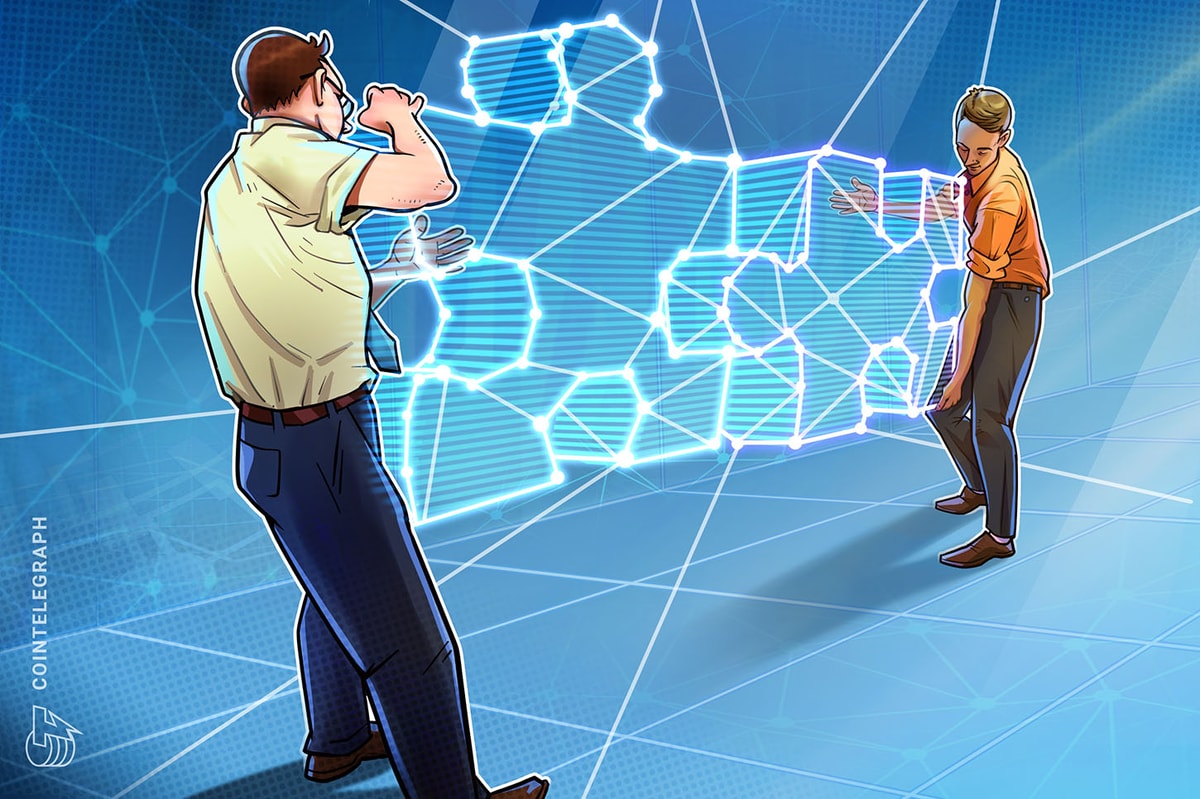

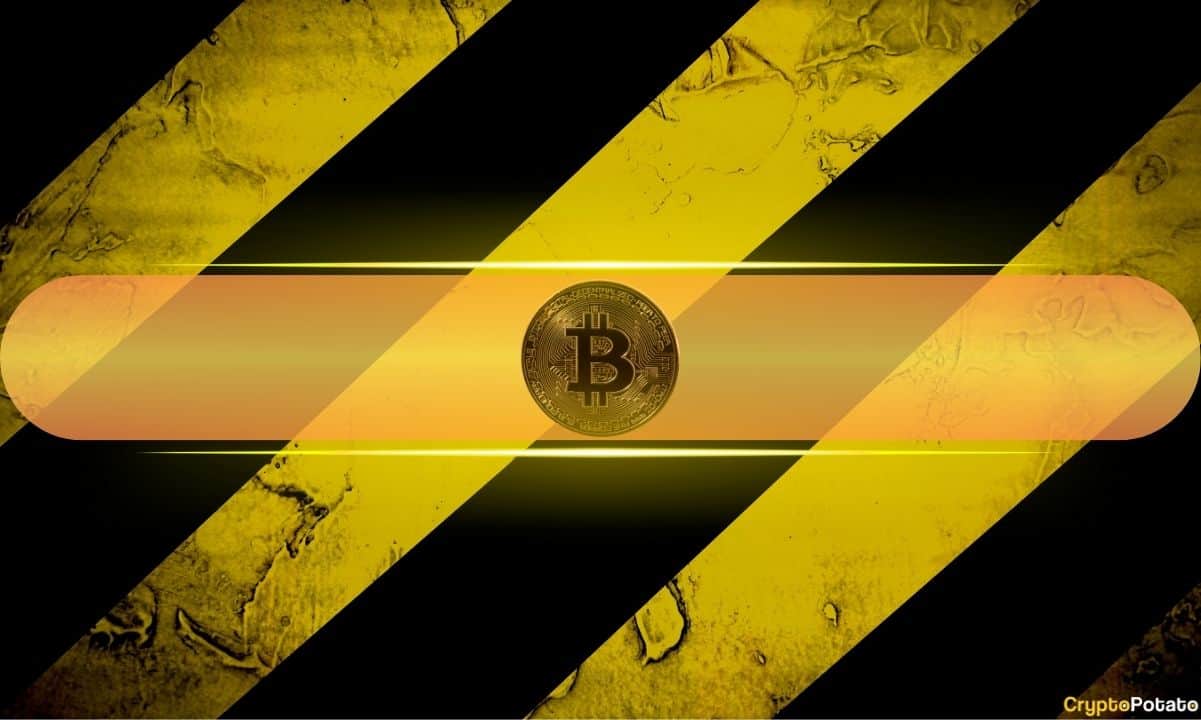

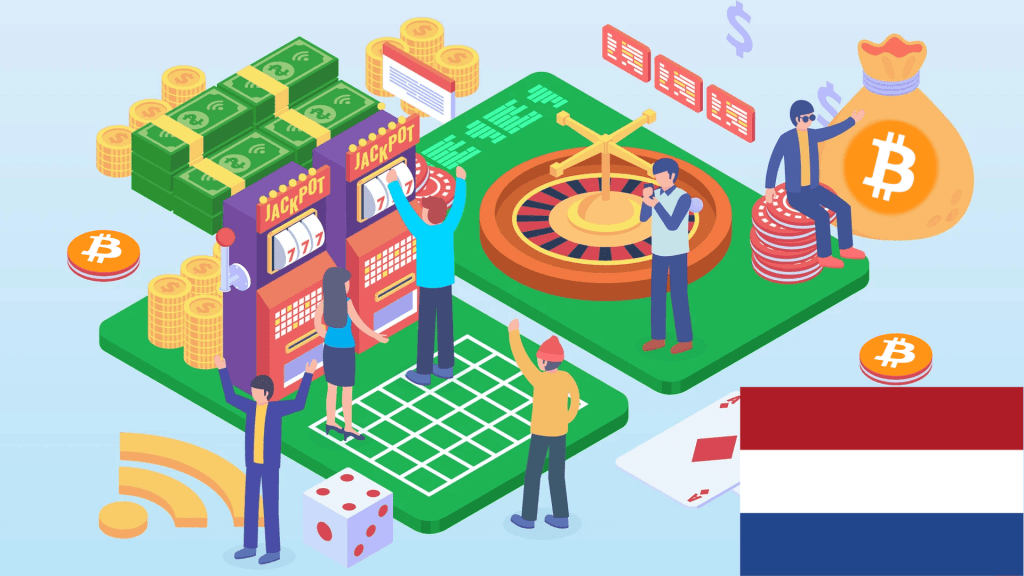
 English (US) ·
English (US) ·